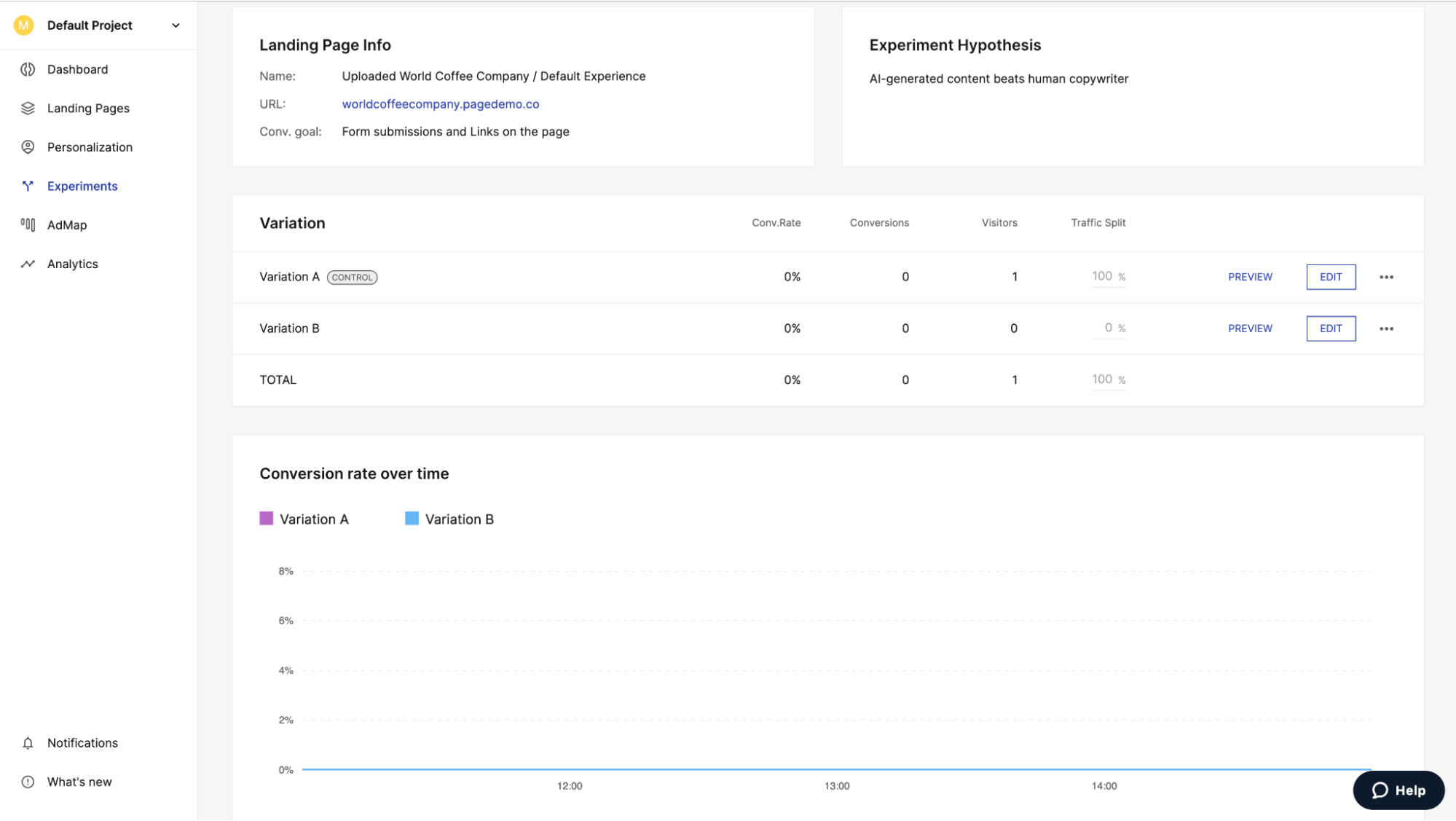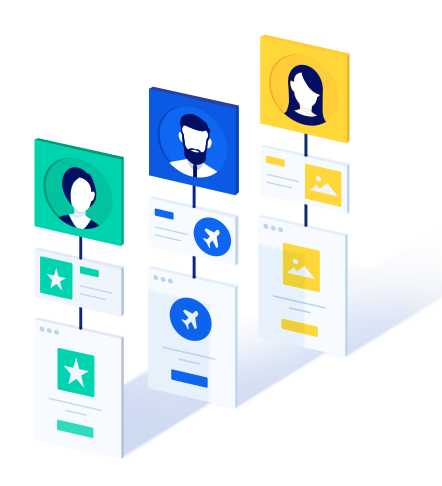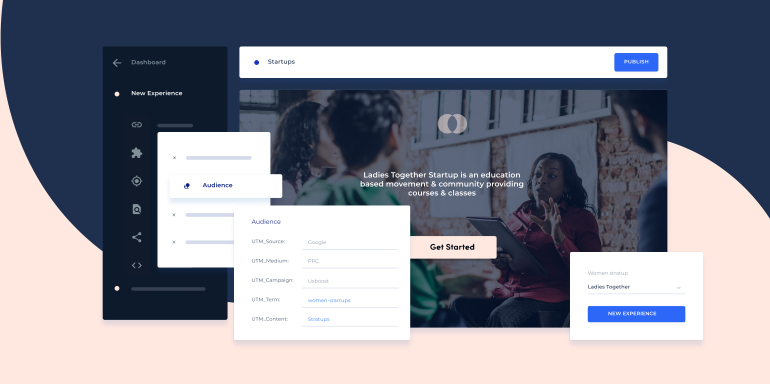From product development to marketing, the guiding light for your long-term strategy should be your “ideal customer.” But that term means something different to everyone.
Let’s walk through how to create an ideal customer profile.
What is an ideal customer profile?
Ideal customer profiles (ICPs) are used to help businesses narrow their targeting from a broad audience to a single account. An ideal customer profile is a hypothetical representation of your target audience based on a combination of real data that considers your business size, budget, sales cycle, and industry, as well as key details about your customer such as title, industry, budget, age, location, and purchasing behavior.
The criteria you use to define your ICP will be unique to your product, service, business goals, etc. For example, B2C business may use location, age, income, and marital status to identify their ideal customer profile, while a B2B business may favor firmographic data like size, industry, and budget.
Ideal customer profile vs. buyer persona vs. target audience
If you think ideal customer profiles sound a lot like buyer personas and target audiences, you’re right. They all share the same foundational purpose: to help businesses identify their ideal customer.
While there’s some overlap between the three, it’s important to understand how they differ:
- Ideal customer profiles help define “who” you are selling to using information such as age, budget, industry, position, behavior, gender, etc.
- Buyer personas help you define the “how” you sell to your ICP using qualitative data points such as motivation, goals, fears, etc.
- Target audiences define the groups of people you want to market to. These people may be buyers, but they may also include influencers, partners, colleagues, and anyone directly or indirectly related to the buyers you want to reach.
All of these identifiers are valuable for determining who to sell your product to and how. It’s often helpful to start broad and identify your target audiences—who are they and what do they value?
From there, narrow in on the specific traits, firmographics, and behaviors of the people most likely to purchase your product—your ICP.
For example, your ideal customer may be e-commerce digital advertising managers with over $1 million annual budget. This definition includes data about the decision-maker and the business itself.
Once you have your ICP and target audience, creating buyer personas will help you “get inside the heads” of your potential customers. Target audience data and ICP parameters are measurable, while buyer personas help determine why your product or service is a good fit for a particular customer. What are their pain points? What will your product help them do? What are their goals?
How to create an ICP
Identifying your ideal customer sounds daunting, but it doesn’t have to be. You likely already have a process for determining whether a customer is worth working with—so let’s refine it.
Here’s how you need to think about it: Most sales processes start with a single point of contact. This person is potentially a good fit for your business, and you determine whether they’re a good fit using certain criteria, right? That list of criteria is what will help you build an ICP.
Start by working backward from the goal you’re trying to achieve. In this case, that means determining who your best customers already are. These aren’t merely people who buy your product but those who rave about it, recommend it to their friends, and purchase upgrades and add-ons.
Consider the following seven customer categories when creating your ICP.
- Ready: They have a problem they need solved or an opportunity to take advantage of, and they know it. This problem/opportunity is acute, and there’s a sense of urgency.
- Willing: They’re ready to solve their problem by taking action.
- Able: They have the budget and authority to solve their problem.
- Success Potential: Using your solution gives them the best possible chance of success in the near future.
- Acquisition Efficiency: These customers are relatively easy to acquire, their onboarding and buying cycle are efficient, and they have a decent lifetime value.
- Ascension Potential: Once they achieve success with your solution, they are likely to purchase again. This includescross-selling and upselling.
- Advocacy Potential: If they are happy with your solution, these customers will advocate on your behalf—referring additional customers to you, providing testimonials, and spreading product awareness via use-base triggers.
Using these categories alongside current data makes, identifying your ideal customers an organized and effective process.
Let’s look at your current customers. When do you know a customer is “ready?” What does that look like to your business now? Is it a signup for a demo request on your website? A call to the sales team?
Defining these markers based on your current customers enables you to effectively define and target your ICPs using personalization.
Once you’ve identified your ICP, you can target your ads to people who are ready, willing, and able to convert. Then, you can match those ads to landing pages with UTM parameters and continually learn more about your ideal customer’s behavior with heatmaps and A/B testing.

Create your ideal customer profile for better growth
Ideal customer profiles are a must-have in order to align marketing and sales around a clear audience definition and keep messaging consistent from the ad to the landing page.
As you collect customer feedback over time, your ICP will evolve, informing product and service improvements.
Reach your ideal customers using ad-to-page personalization—and track results so you can optimize your campaigns. Sign up for a 14-day trial of Instapage today.

Get a Personalization Demo
See how easy it is to create unique experiences for any audience you target.
